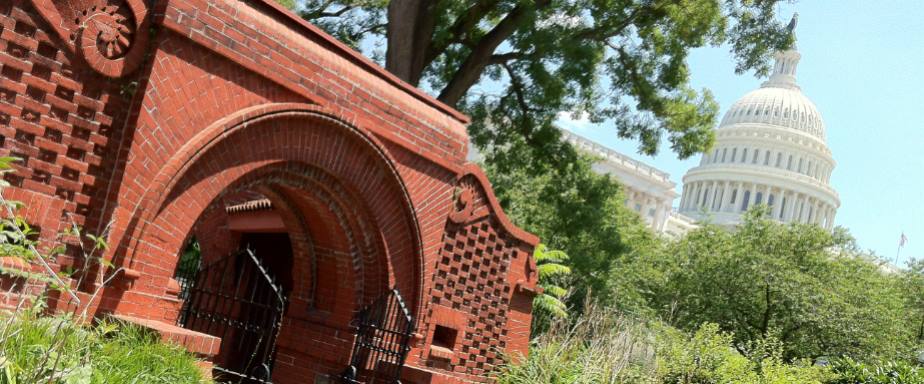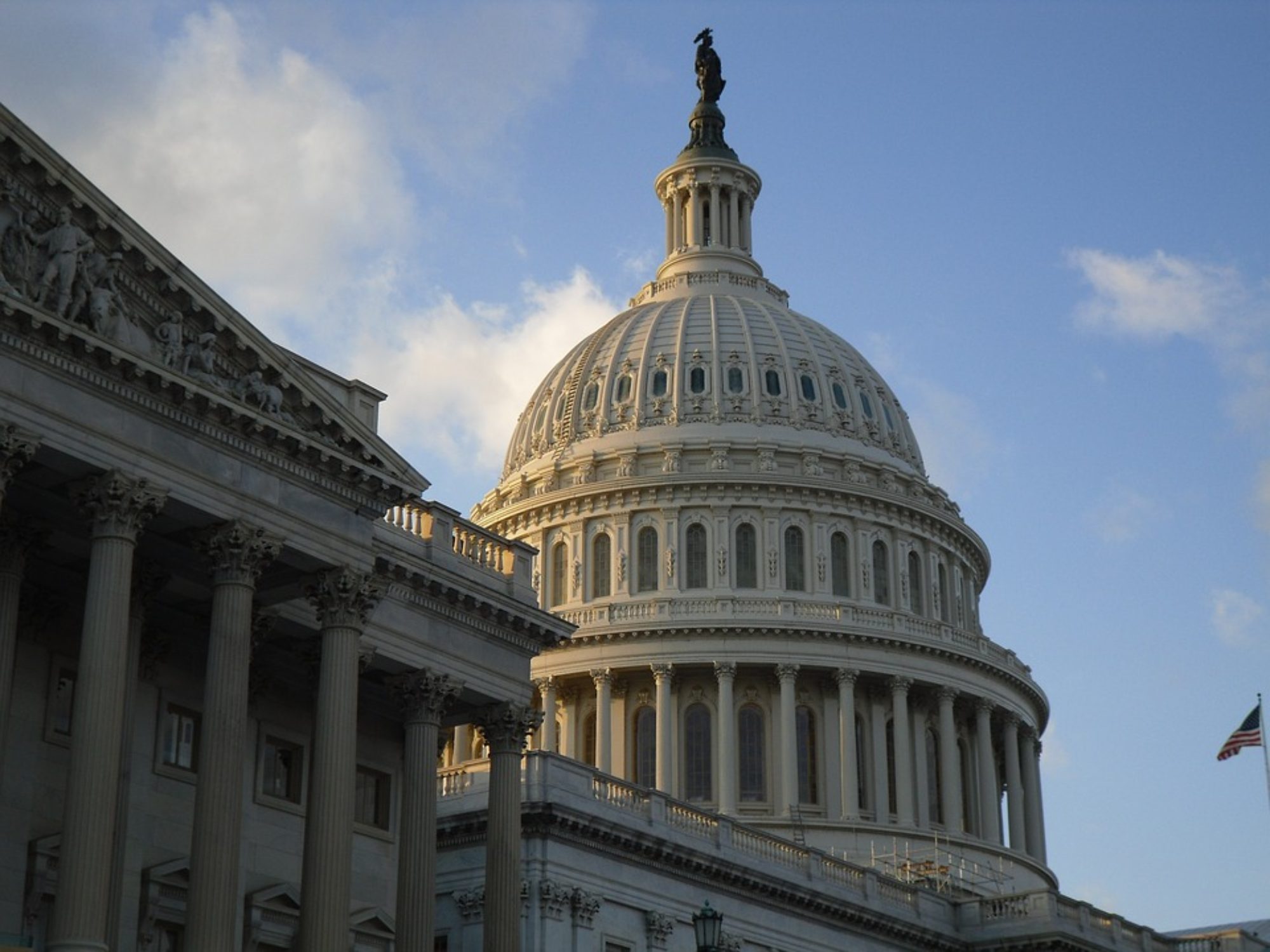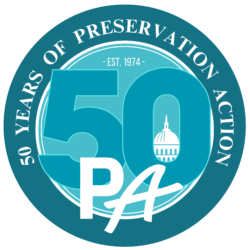COVID-19 Relief Legislation Stalled- Keep Up Your Advocacy Efforts to Include HTC Provisions

As you have probably seen in the news, congressional leaders and the White House failed to reach an agreement on the next round of COVID-19 relief and recovery legislation before departing for the August recess. The Senate released a more narrowly focused proposal in July, which centered around liability protection, adequately funding healthcare needs, and safely reopening schools. The two sides remain far apart on top line spending numbers, but both have priorities they want accomplished and face continued political forces which should keep pressure on them to return to the negotiating table. The timeline for action remains uncertain. Congress is slated to be on recess until after the Labor Day weekend, but they could be called back sooner. Preservation Action will continue to monitor the negotiations taking place and keep you posted in the latest developments. While the talks are currently stalled, it’s critical we keep up our efforts.
Join us in continuing to urge your Senators to incorporate the HTC provisions in the next round of COVID-19 relief and recovery legislation. We’re asking Senators to include the HTC changes called for in the House passed infrastructure package, the Moving Forward Act (H.R 2). This includes enhancements from the Historic Tax Credit Growth and Opportunity Act to strengthen the Historic Tax Credit (HTC) and temporary provisions aimed specifically at addressing the challenges that rehabilitation projects are facing during the pandemic. Additionally, these changes will aid economic recovery, benefiting struggling communities across the country. Specifically, we’re urging Congress to incorporate the following HTC provisions:
- A temporary increase of the Historic Tax Credit from 20% to 30% for 5 years.
- Establishes a permanent 30% Historic Tax Credit for projects $2.5 million and less
- Eliminates the HTC Basis Adjustment, bringing more value to HTCs
- Reduces the Historic Rehab Test to 50% of a building’s basis instead of 100%
- Makes the credit easier to use by non-profits
- A provision for communities to rehabilitate existing public schools using the HTC
- Temporary extension of period for completing rehabilitation
We need your help! Continue to reach out to your Senators and urge them to include these much-needed Historic Tax Credit provisions in the next COVID-19 relief and recovery bill.
How to Take Action:
Preservation Action has made it easy for you take action. Use our new action campaign to easily edit and send a letter to your Senator’s office today! If you have a personal contact in your Senators office, reach out to them directly. You can also share our Action Alert with your networks and on social media. Also be sure to share any responses you receive with Preservation Action at mail@preservationaction.org to help inform our advocacy efforts.
Site Visits
Members of Congress are currently back home during the August recess, this is a great time to invite your members to safely tour a Historic Tax Credit project in their state/district. They can see first hand the impact the HTC has on their communities, the challenges many of these rehabilitation projects are facing due to the pandemic, and how the proposed changes to the HTC will help to stimulate the local economy. We hear time and again from congressional staff about the importance of congressional site visits to show the tangible impact of programs like the Historic Tax Credit.
Check out our In-District Lobbying Guide or the Arranging a Congressional Site Visit guide from the National Trust for Historic Preservation to learn more about scheduling a site visit. If you need any assistance, feel free to contact us mail@preservationaction.org.
Additional Resources
Historic Tax Credit Economic Stimulus Talking Points
Historic Tax Credit Project Maps by State 2002-2019
Virtual Preservation Month Briefing: Historic Preservation’s Role in Recover

